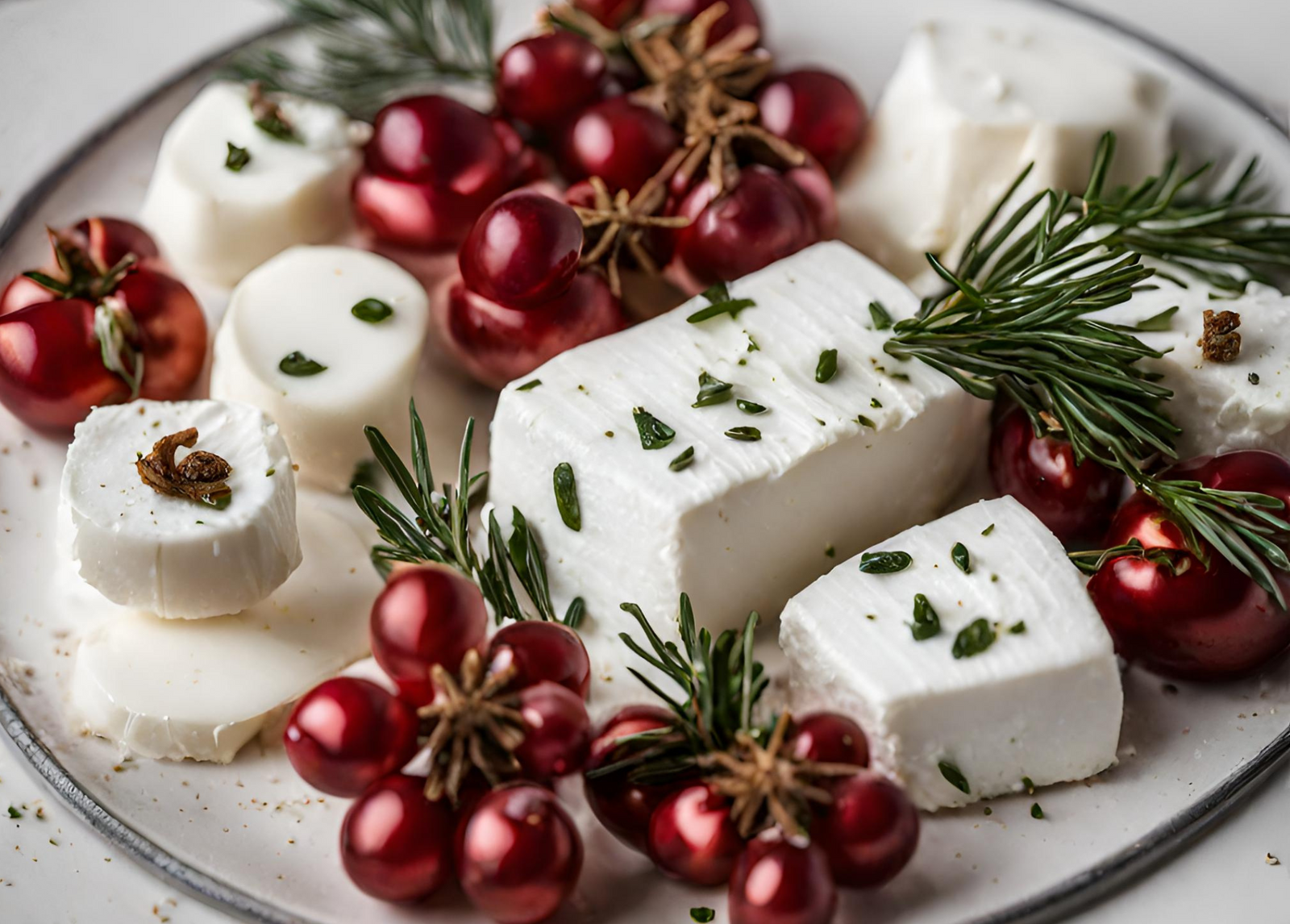Your Cart is Empty
HOLIDAY SALE DEAL ON NOW - GET 15% OF OUR CHEESE MAKING KITS
HOLIDAY SALE DEAL ON NOW - GET 15% OF OUR CHEESE MAKING KITS
HOLIDAY SALE DEAL ON NOW - GET 15% OF OUR CHEESE MAKING KITS

October 19, 2021 3 min read
Cheese is enjoyed by millions of individuals and families worldwide.We believe in the love of cheese! Making your own cheese connects you to food, its process and animals. Although, throughout the cheese making process we tend to be focused on the end result and often forget about the amazing byproduct, whey. The cloudy, watery liquid that is left behind after straining your cheese can be just as important and useful as the cheese itself! Whey can be used in hundreds of different recipes and added flavours, nutrients and protein!
The straining process is what helps separate the cheese curd from the whey. It also occurs when straining other dairy products, such as yogurt. There are two distinct types of whey: Acid whey, the stuff that gets strained out of yogurt and ricotta-like cheeses. Sweet whey, which is often used to make the whey protein powder supplements you'll find at any health food store, is leftover from the process of making harder cheese like cheddar and Swiss.
These days, there's a lot more acid whey to go around than ever before, thanks to the increasing popularity of thick, strained yogurts and mega-brands like Chobani and Fage. So where does it all go? In truth, a lot goes down the drain. Some big dairy makers will bring truckloads of whey to nearby farms, where it gets mixed into fertilizer and livestock feed, as Modern Farmer reported in 2013. Some scientists are attempting to find ways to make acid whey commercially valuable, just like the whey protein powders derived from sweet whey have become a popular health supplement. And now, some yogurt makers are selling acid whey as a bottled beverage, right next to the coconut water and cold-pressed juices at the supermarket.
Anyone concerned about creating or consuming products such as sports bars and protein shakes has heard of whey. When it comes to providing for diets needing increased concentrations of protein, whey is an ideal ingredient.
Protein provides the building blocks for muscle, and certain segments of the population need concentrated protein for building and maintaining lean muscle mass. Examples include those active in sports or persons in recovery. Also, pregnant women, children and teens have a greater need for protein for tissue growth. Additionally, Food Processing magazine has explained why whey protein is ideas for athletes and others looking for a protein boost.
Companies are starting to use whey right! Brooklyn-based yogurt company The White Moustache has developed a small cult following devoted to its thick and incredibly luscious strained yogurt with various preserves in flavors like quince and sour cherry. Founder Homa Dashtaki is trying to grow her yogurt production in order to meet demand, but says she won't expand without finding a market for the whey leftover from her yogurt-making process. She's currently pushing a new line of pre-bottled flavored whey drinks, which are packaged and branded just like the bottled juices and iced teas you can find in the refrigerated section at Whole Foods Market. Since January, the grocery chain has begun carrying the 16-oz. bottles of whey, which come in no-sugar-added flavors like honey-lime, ginger, and passion fruit.
There are many different ideas and recipes that you can use you whey for! We have complied a few below:
These are just a few ways to use your leftover whey! For more recipes check out our "Use it your Whey" highlight on Instagram @cheesemaker.ca
Comments will be approved before showing up.

December 19, 2024 2 min read

December 05, 2024 2 min read
Sign up to get the latest on sales, new releases and more …